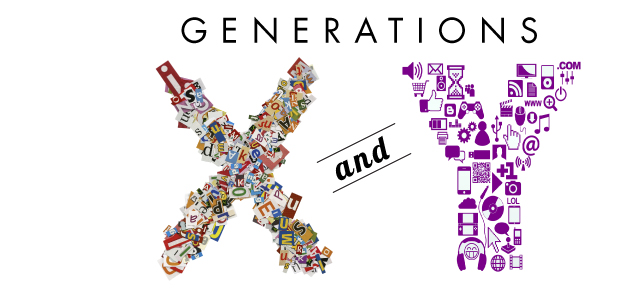While the dramatic growth in the aging population of Boomers is well known, it is important to understand the influence of emerging adult populations in their wake. Generations X (adults age 31-47) and Y (ages 18-30) now constitute over 50% of the adult population in the United States, and these individuals represent as much as 60% of the nationwide jury pool (1).
In litigation, several communication challenges contribute to mis-communication, and inter-generational differ-ences are often to blame. Attempts to persuade others are challenged by an environment that is uncertain and adversarial, with communication that may be technical, unclear, and emotionally charged. A deep understanding of generational dynamics can inform every aspect of litigation management from initial case valuation to closing arguments.
It is important to recognize common characteristics of the members of our own generation and those of others, as generations are often characterized by universal attitudes and values that have developed from shared formative life experiences. For example, Generation X members are quite skeptical about the motives of corporations and their representatives. Additionally, they do not simply accept something as truth because it was derived from a source of authority and are not likely to perceive an expert witness to be compelling or significant to a case, based solely on his or her credentials. Members of Generation X expect respect and trustworthiness to be earned over time.
Members of Generation Y self-educate quickly with information from a variety of sources and are able to process a significant amount of information quickly. They are always “connected” to technology and to others. Generation Yers hold individuals and corporations to an expectation of openness and transparency, and they are concerned about the global impact of their decision making.
In general, information will be best received by Generations X and Y if it is communicated through short, “sound bites,” with an emphasis on a clear, simple purpose. Verbally-presented messages are best accompanied by visual media to foster improved attention, en-hanced memory, and entertainment value.
Organizing information around familiar themes – presented early and repeated often – facilitates memory storage, acceptance, and confidence within the audience. In managing litigation matters, themes should be identified during early case assessment and discovery, developed for settlement negotiations, tested in pre-trial research, advanced in voir dire, and conveyed in opening statements, witness testimony, demonstrative evidence, and closing arguments.
Identifying generalized characteristics of each generation across several life dimensions helps us to acknowledge and understand our own and others’ assumptions and worldviews and to tailor our messages accordingly. While the facts do not change, it is important to adjust themes as necessary according to the makeup of the audience. An enhanced appreciation of each generation’s unique communication style, and the life experiences that have shaped it, provides a framework from which to craft memorable and persuasive messages.

References
(1.) U.S. Census Bureau. (2010). Online news conference: 2010 demographic analysis estimates. Retrieved from http://www.census.gov/newsroom/releases/archives/news_conferences/120610_demoanalysis.html



0 comments on “What Litigators Need to Know About Generations X and Y”